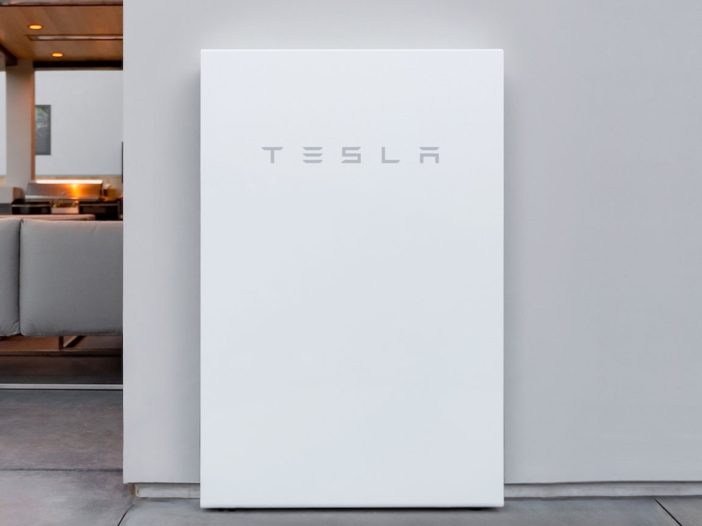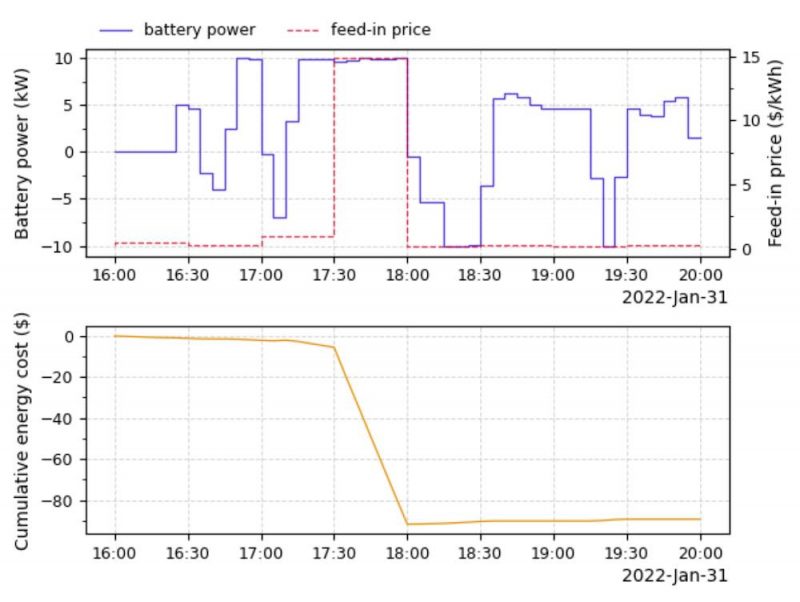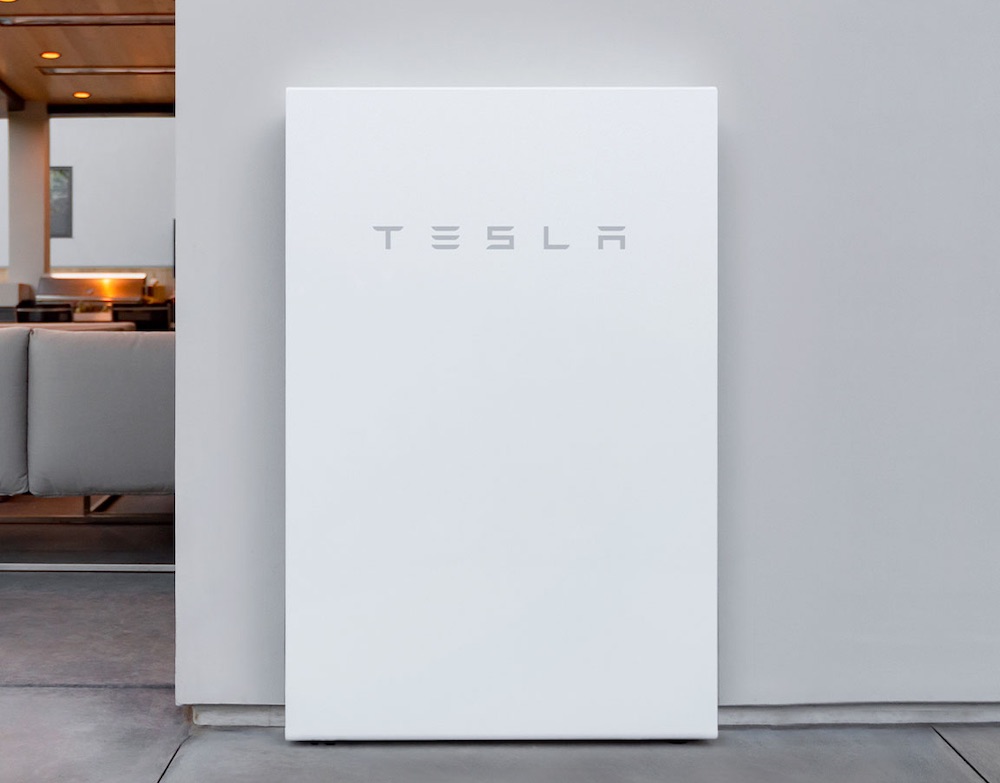
Cloud-based technology from retailer Amber Electric that optimises the energy savings from a household’s solar and/or battery storage system, and minimises the draw from the grid when prices are high, will be rolled out across the National Electricity Market after a successful trial.
Amber said last week that its SmartShift technology was now available to all of its customers in New South Wales, Victoria, Queensland, the ACT after its success in South Australia via the state government’s Demand Management Trials Program.
Amber, as One Step has reported, offers a retail electricity deal where households pay the real-time wholesale price for electricity from the grid, plus a small hedging cost (<1c/kWh) which helps underpin the price guarantee; solar households also get the wholesale price for exports.
A $15 monthly subscription fee covers access to an app that helps shift usage away from peak periods, by providing consumers with wholesale price information and warnings of forecast price spikes.
The addition of Amber’s SmartShift technology – which is free, involves no added hardware and is fully internet-based – means that all of this, and more, is automated, with decisions made and actions taken hundreds of times a day by intelligent software.
For households with home batteries this can be particularly beneficial. SmartShift ensures that battery stored power is exported to the grid when wholesale prices are at their highest, giving “mums and dads” a chance to help meet peak demand with renewables and be duly rewarded for it.
Amber co-CEO, Dan Adams, says this works to transfer some of the power and value in the electricity market away from coal and gas generators and towards the owners of household batteries, in a way that works differently to other demand response mechanisms being offered on the market.
“Amber customers buy and sell power at the wholesale energy price so they capture the full value of the battery optimisation directly, rather than sharing it with their retailer or battery aggregate under the existing Virtual Power Plant model offered by some retailers,” he said.
It can also deliver some impressive financial returns. To demonstrate this, Amber has shared data from the battery storage system of one of its SA customers, Eytan Lenko, over the course of January 31 – a day when the wholesale electricity price topped $5,000/MWh in the early evening.
As you can see in the charts below, it was during this price spike that Lenko’s Powerwall batteries (his households has two) was directed to start discharging at 10kW. Excess solar from the household’s 17kW sytem was also being sent to the grid at that time.

The bottom plot shows the cumulative energy cost over the interval. It’s negative because the household was earning money while discharging the battery during the spike. Note this cumulative cost also includes revenue from solar which was being exported during the price spike.
The outcome of that one, short-lived price event was that the solar and battery storage earned nearly $100, which on its own is enough to bring the all-electric, two-EV household out even on electricity costs for the year, according to Lenko.
“Since [SmartShift] has been turned on, the battery has been taking advantage of those peaks. That big peak made one hundred bucks in one day, which will probably carry us through the whole year,” he told One Step.
Lenko, while no doubt could be classed as a savvy energy consumer – he is, himself, a tech entrepreneur and a longtime climate campaigner with Beyond Zero Emissions – says the system is totally automated, which also means you can’t intervene.
This, he points out could be frustrating if the software was making bad decisions, such as choosing to drain your home battery in exchange for higher wholesale prices, only to leave you relying on grid power overnight when you plug in your EV.
“What’s good about SmartShift, is that it is starting to anticipate your [energy profile]: your state of solar, state of battery, your predicted usage, what prices are going to be doing over time,” he said.
“As [solar feed-in tariffs] become lower, consumers will need more of an incentive to make the most of the energy they’re generating.
“This helps you know when’s the best time to charge you EV, and to become more comfortable with variable tariffs,” Lenko told One Step.
“And the risk of being hit by a really big bill becomes lower and lower, while the benefits become better. … If you’ve got solar and battery, it’s a no-brainer.”

Sophie is editor of One Step Off The Grid and deputy editor of its sister site, Renew Economy. Sophie has been writing about clean energy for more than a decade.



